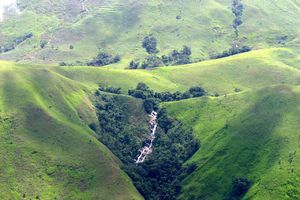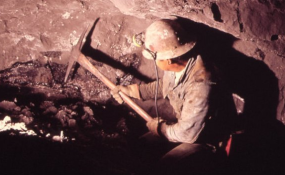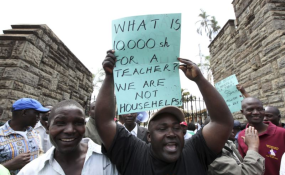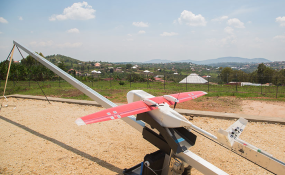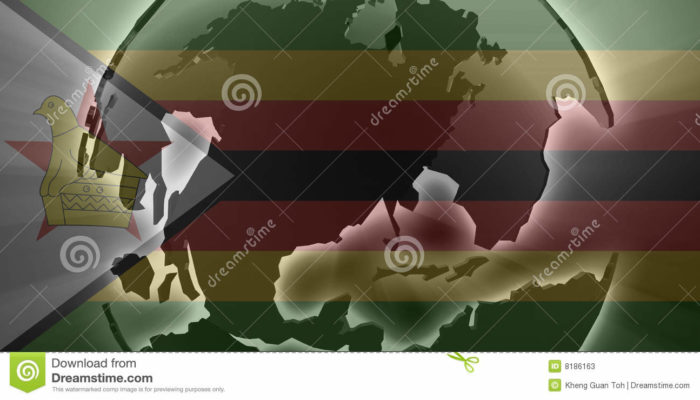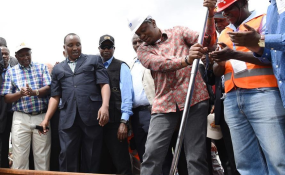By Hamisu Muhammad
The Revenue Mobilisation Allocation and Fiscal Commission (RMAFC) has lauded the $15billion (about N5.2 trillion) cash for oil deal negotiated on behalf of the Federation with the Indian Government by the Minister of State for Petroleum Resources, Dr. Ibe Kachikwu in a bid to shore up Nigeria’s foreign reserves.
Under the terms of agreement, the Indian Government is expected to make an upfront payment for crude purchase to Nigeria, which is to be repaid on the basis of firm Term Crude Contracts over some years where Indian public sector companies would collaborate in refining as well as exploration and production with long term contracts for supply of crude to Indian PSU companies from Nigeria and possibilities of executing CGD and LPG infrastructure projects by Indian PSU companies in Nigeria.
According to a statement signed by the Commission’s spokesperson, Mr. Ibrahim Mohammed, RMAFC has always been advocating that instead of selling off Nigeria’s strategic assets to solve its short term expenditure requirements, the country should look elsewhere to attract long term investments like this that would bring good returns for the economy through employment generation, wealth creation and sustainable development.
“There is no reason why the country should not have 4 to10 LNG projects which would add value to production, create employment, enhance economic development and subsequently increase revenue generation for the federation”.
In this regard, RMAFC commended Dangote Industries Limited (DIL) on the recent acquisition of Twister B.V., a Dutch company headquartered in the Netherlands delivering reliable, high-yield and robust solutions in natural gas processing and separation to the upstream and midstream oil and gas sectors.

